With attempts to get devolved government in Northern Ireland working again, some on the Kintyre peninsula will heave a sigh as they think what could have been.
In particular, there could have been a car ferry operating between Campbeltown and Ballycastle in County Antrim, if there hadn’t been an earlier suspension of the Northern Ireland Assembly.
Power sharing in government had been established in the Good Friday Agreement of 1998. But, a series of suspensions meant direct rule from the UK returned. The suspension between 2002 and 2007 followed the refusal by unionist parties to share power with Sinn Féin.
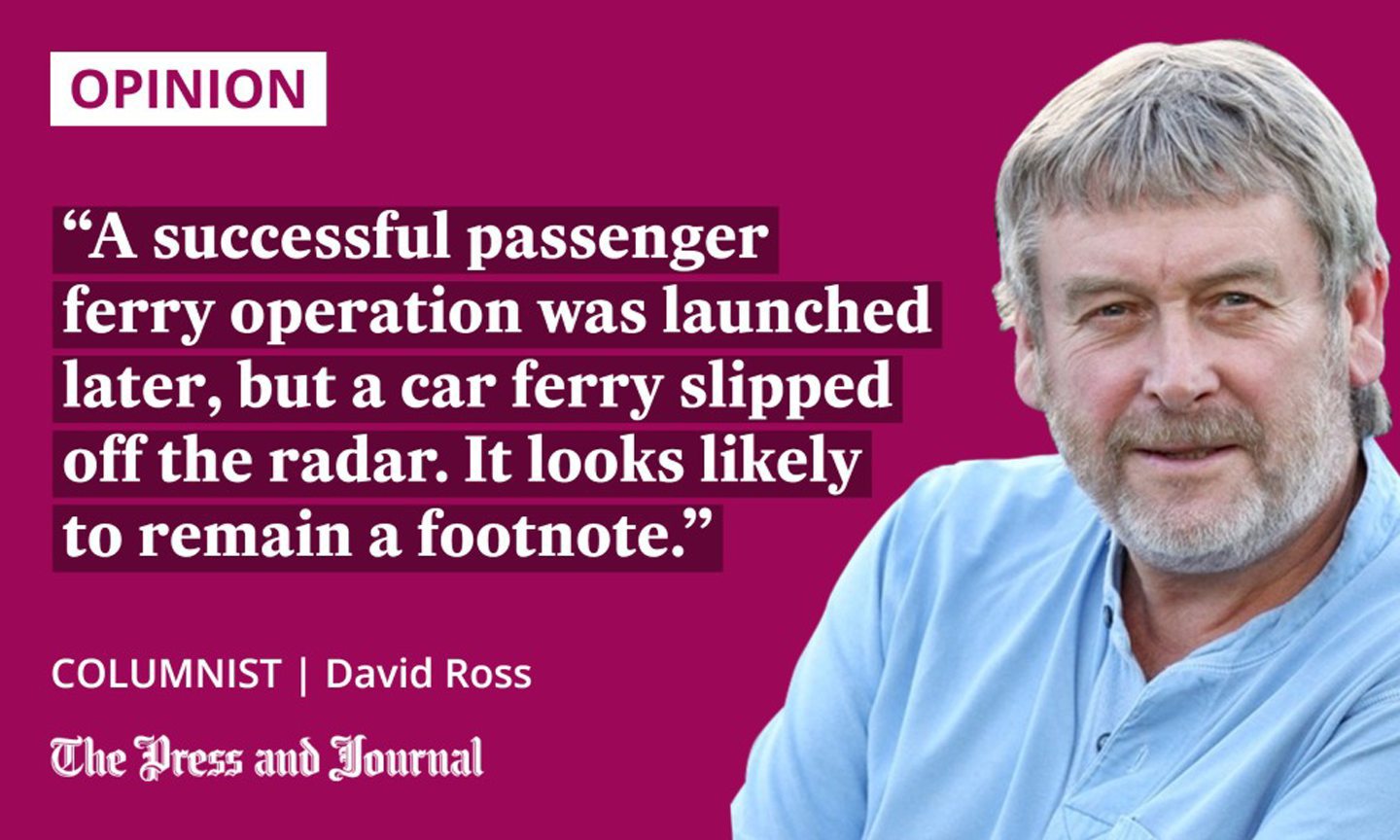
It was a frustrating time for the province. It was, too, for those on either side of the North Channel, who wanted a car ferry service between Argyll and Antrim. Western Ferries had run a summer service between 1970 and 1973 from Campbeltown to Red Bay. But, as a series of economic shocks hit Kintyre in the 1990s, calls got louder for a new link which could transform the peninsula’s fortunes.
Though it may seem amazing today, amidst CalMac’s current crisis, the publicly-owned ferry company was confident it could provide a summer service from Campbeltown to Ballycastle from its existing fleet. But it was told by the Tory-controlled Scottish Office that it had to be a private sector operator.
CalMac, indeed, was instructed to sell a ferry to make it happen. Sea Containers launched the service in 1997 with the former CalMac ferry Claymore, but only for three summers.
The UK Labour government and the devolved administration in Edinburgh, were anxious to resurrect the service, but continued suspension of the Northern Ireland Assembly made it difficult.
Car ferry remains a footnote in history
Northern Ireland secretary, Peter Hain, announced in October 2006 that he was withdrawing the £300,000 that was to be Northern Ireland’s share of the £1 million a year subsidy the service would receive (the balance to be paid by Edinburgh). This was a stick to beat Sinn Féin and Democratic Unionist Party (DUP) into power sharing, as the ferry had enthusiastic cross-party support. At least two firms were interested in operating the service.
There was success in restoring power sharing in 2007, and the Scottish Government announced a new economic appraisal of the ferry route. But, the Northern Ireland Executive (devolved administration) did not meet for six months in 2008, following a dispute over the devolution of policing and justice powers.
The Scottish Government said in 2010 that enforced spending cuts meant restoring the route had gone down in its priorities. That was basically that
In September of that year, the investment bank Lehman Brothers collapsed, heralding the global economic crisis. Austerity followed. The Scottish Government said in 2010 that enforced spending cuts meant restoring the route had gone down in its priorities. That was basically that.
A successful passenger ferry operation was launched later, but a car ferry slipped off the radar. It looks likely to remain a footnote in the history of relations between Ireland and Scotland – a lost opportunity that would have benefitted both.
Northern Ireland needs its assembly
Nobody knows where exactly the current efforts to restore power sharing will end. Some fear it could be a trade war with the European Union.
Doubtless, the EU could do more to simplify the regulations covering the export of goods from mainland Britain under the Northern Ireland Protocol. But, how can it be that the agreement which introduced the protocol, signed by our prime minister in October 2019 and hailed by him as great deal, “an oven ready deal”, before the general election is now being denounced as an affront to Britain?
How can it be that the same British politicians who barely mentioned, if ever even considered the implications of Brexit for Northern Ireland (which voted to remain in the UK) are now presenting themselves as the defenders of the Good Friday Agreement? An agreement that only really made sense with EU membership.
It is difficult to see how real progress can be made with the EU when our prime minister is squandering any trust that remained in him in Europe
Ministers are preparing to breach international law by unilaterally rewriting the protocol, although NI is currently outperforming the rest of the UK. But this is the price the DUP is demanding to share power with Sinn Féin (now the largest party) and allow the assembly and executive to start working again.
UK foreign secretary, Liz Truss, has prepared legislation to accommodate the DUP. Clear warnings that this would scupper any chance of a UK and US free trade deal have been sounded from across the Atlantic but, apparently, ignored.
Sinn Féin is ready to form an Executive today to put £420 million in the pockets of families and workers.
People are struggling to pay their bills and put food on the table.
We need urgent action right now. pic.twitter.com/Dl42FhaS2f
— Sinn Féin (@sinnfeinireland) May 24, 2022
It is all because the protocol effectively put a trade border down the Irish Sea, despite the prime minister saying in August 2020: “There will be no border down the Irish Sea – over my dead body.” It is difficult to see how real progress can be made with the EU when our PM is squandering any trust that remained in him in Europe.
Northern Ireland needs its assembly, not least to fix the long-standing NHS problems which, according to the Royal College of Nursing, “have brought the health and social care system in Northern Ireland to the point of collapse”.
It can’t be allowed to go the way of the ferry.
David Ross is a veteran Highland journalist and author of an acclaimed book about his three decades of reporting on the region
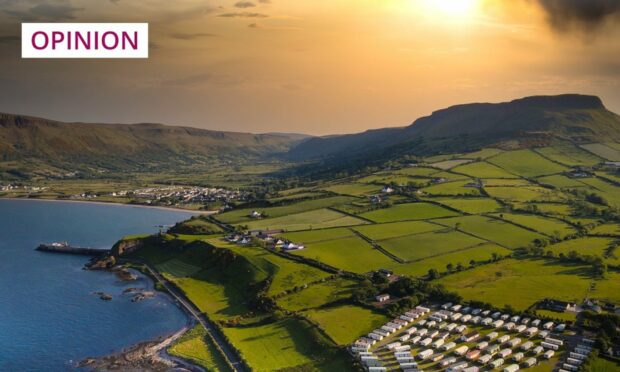
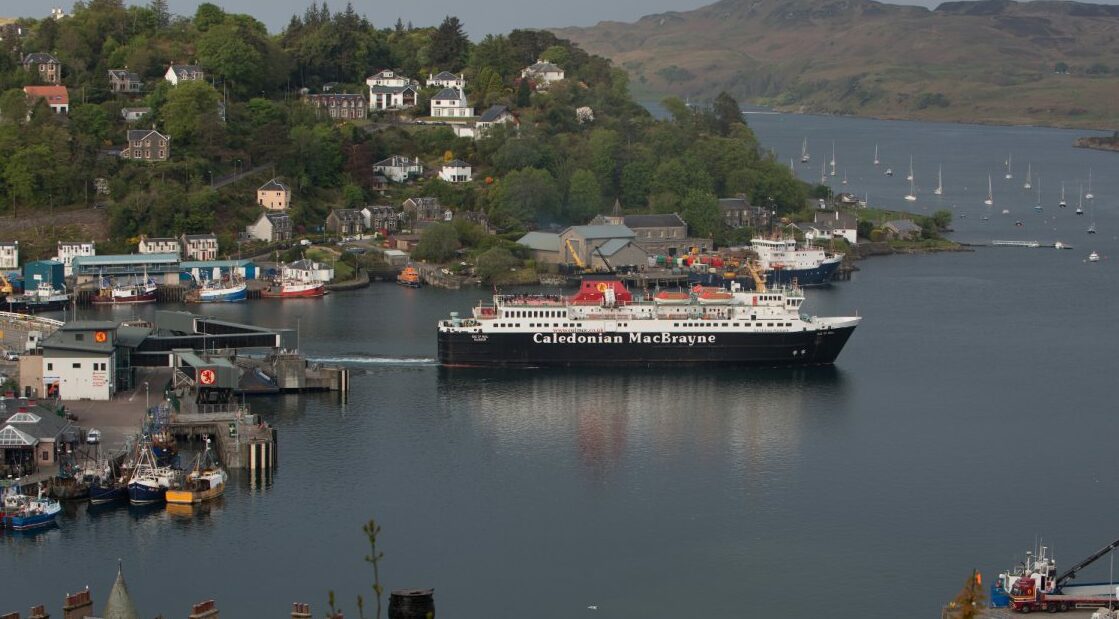
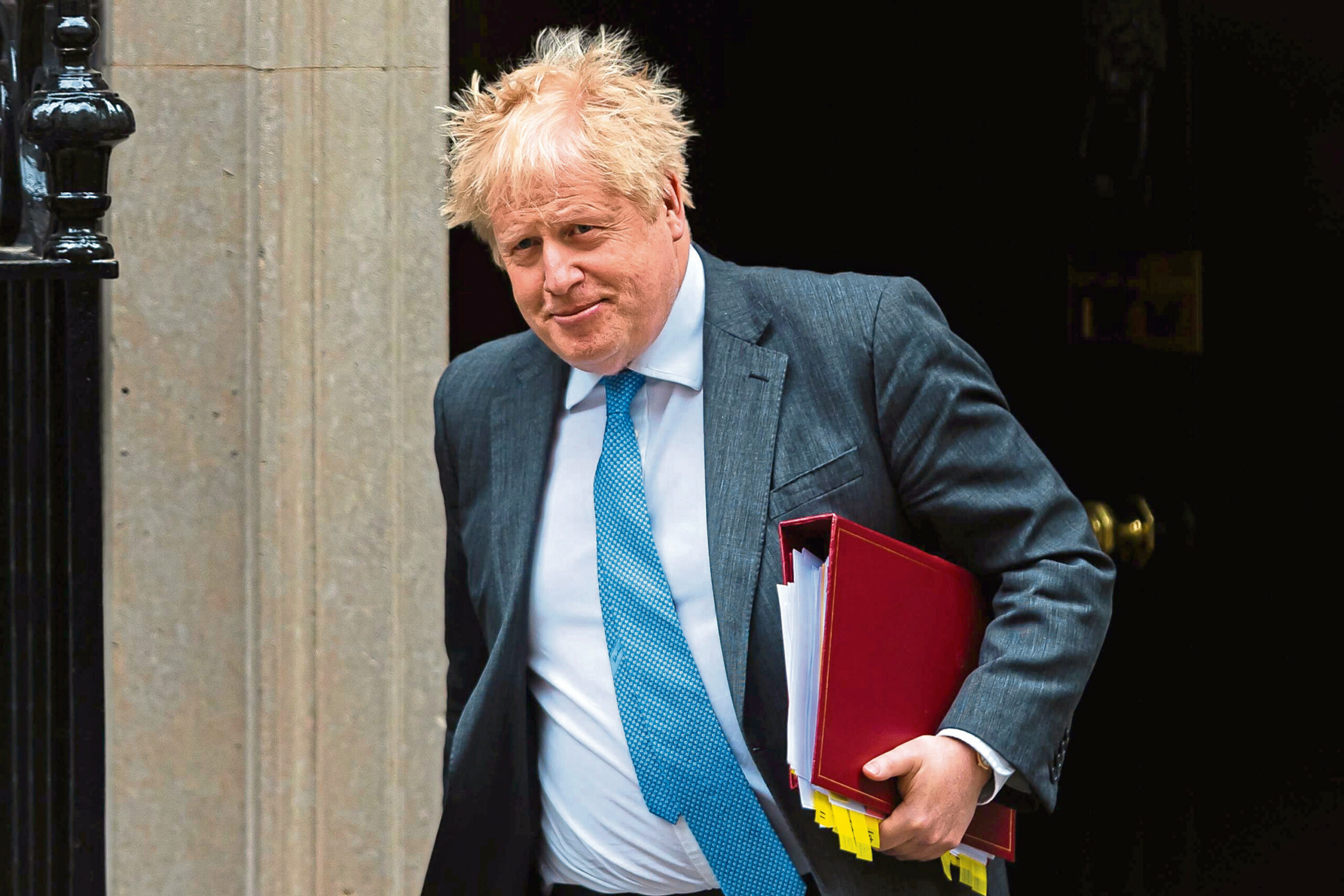
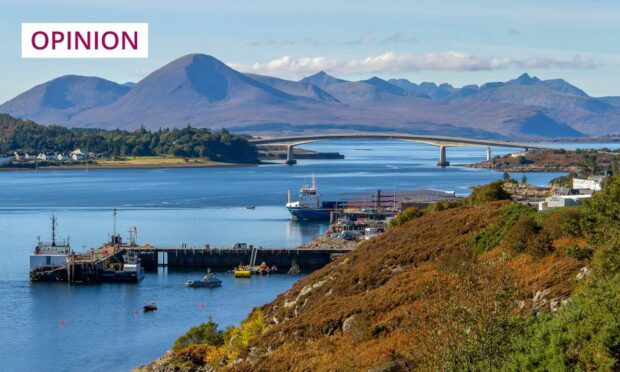
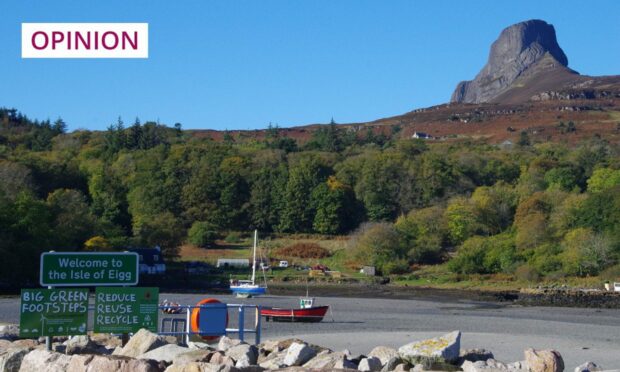
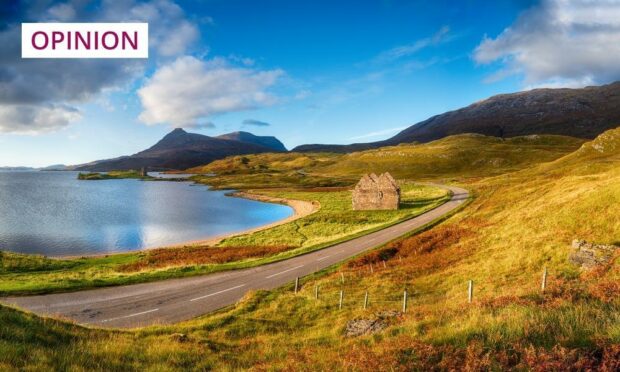
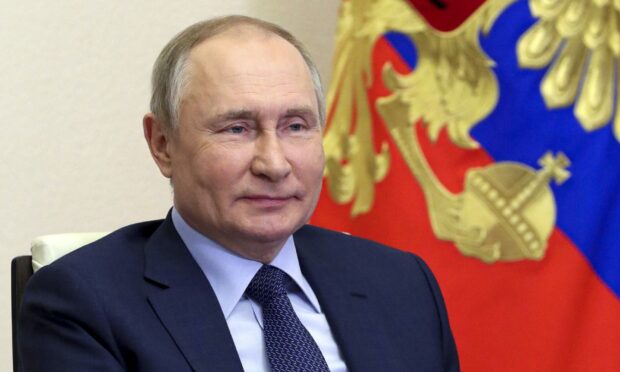
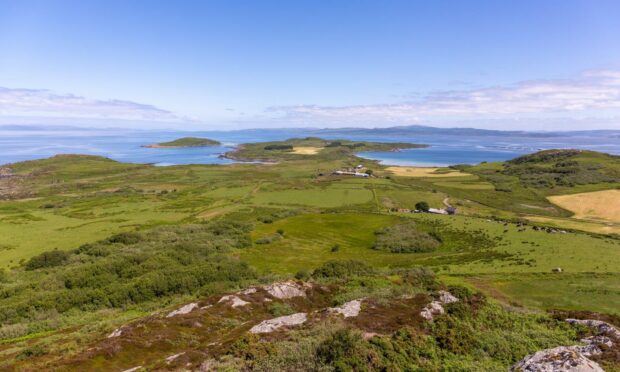
Conversation